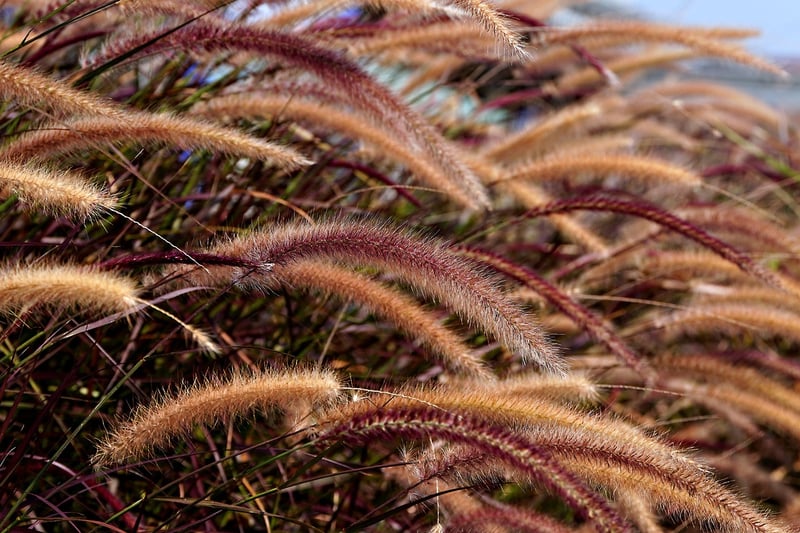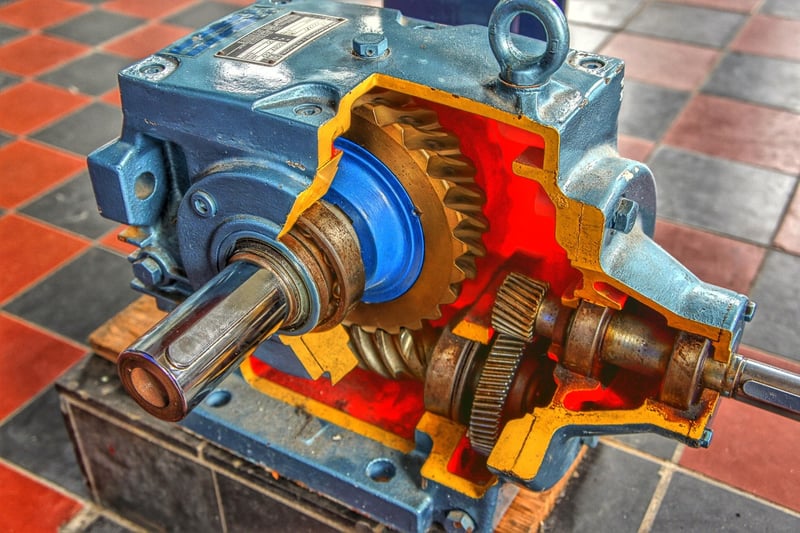Green Crafting Techniques
Creating Eco-Friendly Art: Sustainable Materials and Green Crafting Techniques
Artists and crafters are increasingly turning to sustainable materials and green crafting techniques to reduce their environmental impact and create beautiful pieces of art. By using eco-friendly materials and methods, you can not only express your creativity but also contribute to a more sustainable planet. Here are some tips and ideas to help you get started on your eco-friendly art journey:
Choosing Sustainable Materials
When looking for materials for your art projects, consider using sustainable options such as:
- Recycled paper and cardboard
- Bamboo
- Organic cotton fabric
- Reclaimed wood
- Natural dyes
- Plant-based or non-toxic paints
- Upcycled materials like glass jars and bottle caps
These materials not only reduce waste but also often have unique textures and qualities that can enhance your artwork.
Green Crafting Techniques
In addition to using sustainable materials, consider incorporating green crafting techniques into your art practice:
- Upcycling: Transforming old or discarded items into new creations
- Repurposing: Giving new life to existing materials in unexpected ways
- Zero waste: Minimizing waste by using every part of a material
- Natural dyeing: Using plant-based dyes to color fabrics and papers
- Sustainable packaging: Choosing eco-friendly packaging for your finished pieces
Benefits of Eco-Friendly Art
Creating art with sustainable materials and green crafting techniques not only benefits the environment but also offers personal rewards:
- Reduce your carbon footprint
- Support ethical and eco-conscious practices
- Inspire others to make environmentally friendly choices
- Create unique and meaningful artwork
Start your eco-friendly art journey today and explore the endless possibilities of creating beautiful, sustainable art!


For more inspiration and ideas on eco-friendly art, check out Greenpeace's Arts and Culture page.
